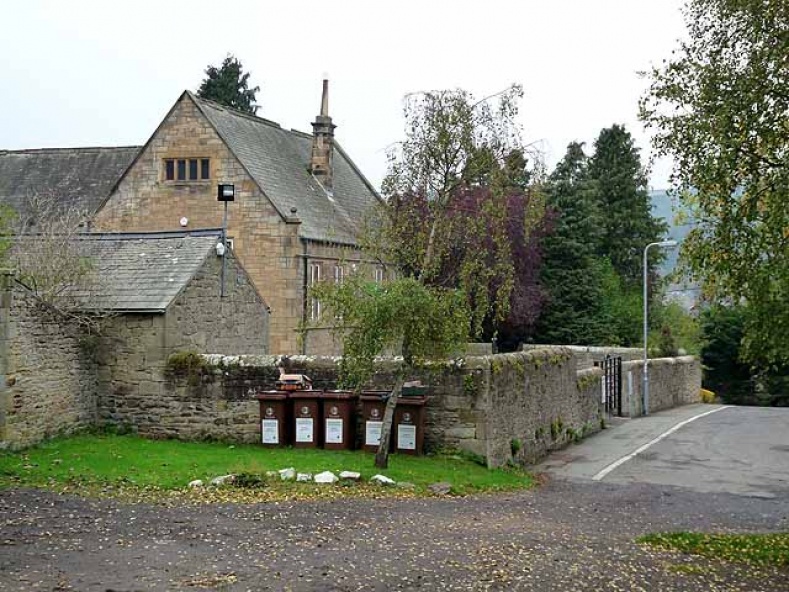
Shaftoe, John
d. 1685
Vicar of Warden
John Shaftoe of Netherwarden was the Vicar of Warden (a village 2 miles west of Hexham) for more than fifty years. He was born into the wealthy Shaftoe family and some may recognise the name from the northern nursery rhyme ‘Bobby Shaftoe’.
Bobby Shafto’s gone to sea,
Silver buckles at his knee,
He’ll come back and marry me,
Bonny Bobby Shafto!
The rhyme was written about Robert Shafto (1732-1797), the somewhat roguish MP for Durham. In comparison, his predecessor John was a pious man concerned at the lack of opportunities and protection for the poor of his parish. John left in his will the means and instructions to establish a trust:
‘to the honour and glory of Almighty God, in the education and instruction of youth in the knowledge of his word; and for and towards the maintenance of poor distressed Protestant families’.
John left his personal estate to found the trust established at his death in 1685. It was unusually well endowed with enough money left to construct a school and a master’s house and to employ a Headmaster with an M.A., an Usher, Head Mistress and an assistant. Shaftoe instructed that all boys and girls born within the chapelry of Haydon, Woodshields and Newbrough would receive free education. Boys would be taught the classics, navigation and geography while girls would be taught the three ‘Rs’ (reading, writing and arithmetic) and knitting.
In 1878 the income of the charity had increased and the charity was reorganised. The salaries of the school’s staff were increased to £510 pa, 20 almshouses were built and grants were made to other schools in the area.
Thomas Spence (1750-1814), a Master at the school in the 1780s, introduced a simplified method of spelling. A political radical, he published ‘The Rights of Infants in 1797’ after leaving the school. He was eventually executed for his revolutionary ideas. One of the North-East’s most celebrated artists, John Martin (1789-1854) was born into poverty but was educated through the Haydon Charities.
The Haydon charities continue to support the residents of Haydon Bridge. The Charities continue the vision of the founder by providing social housing through ‘The Almshouse Charity’ and by providing educational grants to Haydon Bridge pupils and apprentices through ‘The Shaftoe Educational Foundation’. In 2016 the charity made grants worth £100,000.
References
Dickinson, H. T. (2004). Spence, Thomas. Available here (Accessed: 06/06/2018).
Feaver, W. (2004). Martin, John. Available here (Accessed: 06/06/2018).
Haydon Bridge: A Great Place to Be! Available here (Accessed: 06/06/2018).
Haydon News. (2005). Available here (p.5) (Accessed: 06/06/2018)
Kelly’s Trade Directory of Northumberland. (1870). Kelly’s directories Ltd, London: Kelly & Co. pp. 516.
Kelly’s Trade Directory of Northumberland. (1890). Kelly’s directories Ltd, Kelly & Co, London, pp. 783.
Parliamentary Mode of Dealing with Clerical Bequests. (1834). The British magazine: 1832-1849, British Periodicals, Feb 1834, 5, pp. 200.
Shaftoes Charities. Available here (Accessed: 06/06/2018).